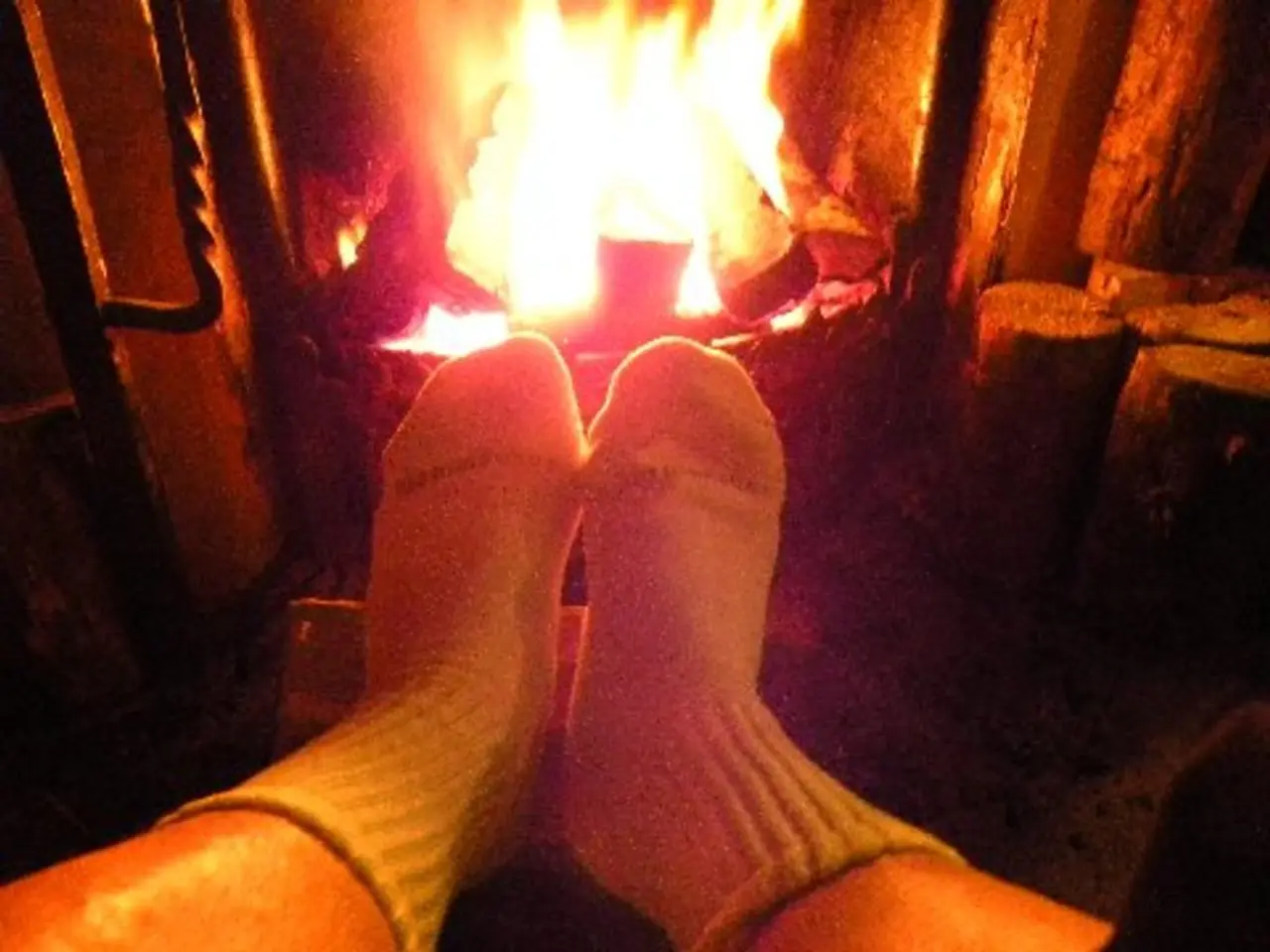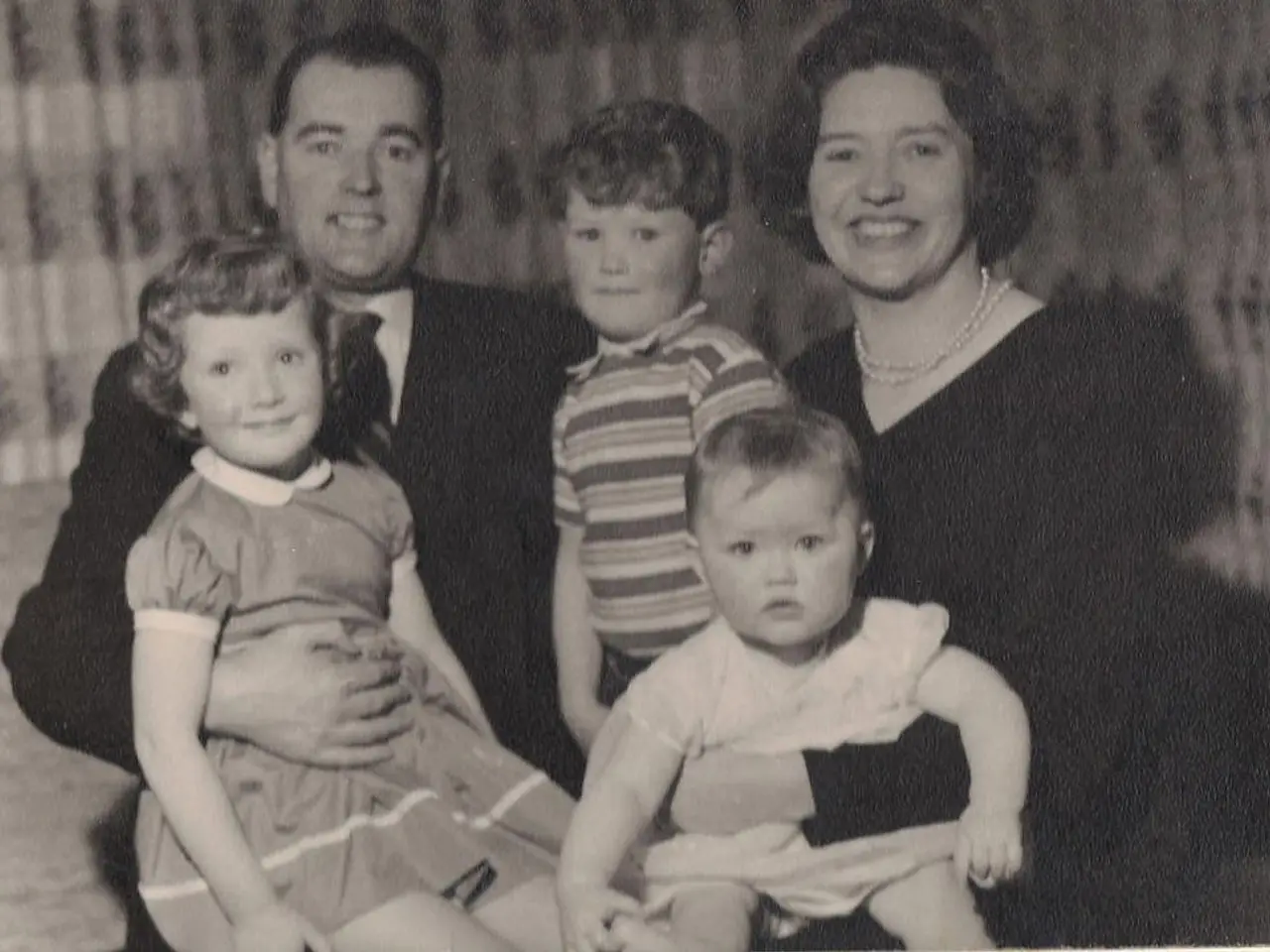Essential Steps and Guidance for Burn Care Treatment
Burns can be a serious health concern, and it's crucial to understand the importance of proactive measures in preventing and treating them. This article will discuss various aspects of burn safety, from understanding the signs and risks to the appropriate first aid and treatment methods.
Sun Safety
Protecting yourself from the sun's harmful rays is essential, especially during peak hours. Sun safety requires the use of sunscreen, wearing protective clothing, and limiting sun exposure. Global health initiatives often promote sun safety education to raise awareness and encourage protective behaviours.
First Aid for Burns
In the event of a burn, the initial step is to cool the affected area with cool water for at least 10 minutes to reduce heat and prevent further tissue damage. Covering the burn with a sterile, non-fluffy dressing or a clean cloth protects it from infection and further injury.
Different Types of Burns
First-degree burns affect only the outer layer of skin, characterized by redness, swelling, and discomfort. Second-degree burns affect both the epidermis and a portion of the dermis, causing intense pain, pronounced redness, and blistering. Third-degree burns destroy both the epidermis and dermis, leading to extensive damage to the skin and underlying tissues. Fourth-degree burns extend beyond the skin and affect underlying tissues, including tendons and bones.
Special Considerations
Elderly individuals face an increased risk of complications from burns, necessitating gentle and tailored treatment approaches. Pregnant women require particular consideration when it comes to treating burns, as their bodies undergo unique physiological changes that can affect treatment protocols. Individuals with pre-existing conditions such as diabetes or heart disease may encounter unique challenges when recovering from burns, necessitating adjusted treatment plans.
Cultural Remedies
Traditional effective remedies commonly include cool water, aloe vera gel, raw onion poultices, and potato slices. These remedies emphasize gentle cleansing and protection without irritating or occlusive substances. However, it's essential to note that culturally popular home remedies like butter, oils, or toothpaste are not recommended, as they can trap heat and worsen tissue damage.
Fire Safety
Fire safety education should include discussions about potential hazards and emphasize the importance of preparedness. Installing smoke detectors, conducting regular fire drills, and keeping flammable materials away from heat sources are vital steps in fire safety at home.
Treatment and Recovery
Physical therapy often constitutes a vital component of the recovery process from burns, particularly for more severe injuries. Effective wound care and regular dressing changes are crucial to maintaining a clean and protected area and promoting healing.
Preventing Kitchen Burns
Preventing kitchen burns is possible by turning pot handles inward, using oven mitts, and maintaining a child-free zone around cooking areas. Community cooking classes can educate individuals on kitchen safety and promote awareness.
Psychological Support
Psychological support aids burn survivors in coping with trauma, fostering healing and resilience. Special considerations for children in burn treatment include employing age-appropriate first aid methods and educating parents and caregivers about burn prevention and treatment strategies specifically for children.
Professional Treatment
Professional treatment is required for burns that are larger than three inches in diameter, exhibit characteristics of depth, or are located on sensitive areas of the body. Healthcare providers must be equipped with the knowledge and training necessary to effectively address chemical and electrical burns.
Signs of Infection
Seek medical attention if the burn shows signs of infection (increased pain, pronounced redness, swelling, or the presence of pus).
In summary, a proactive burn treatment guide should encompass a variety of strategies to minimize the risk of burns across diverse environments. By understanding the signs, risks, and appropriate first aid measures, we can promote burn safety and support those affected by burns in their recovery.
Sun safety education, such as the use of sunscreen, protective clothing, and limiting sun exposure, is crucial for global health initiatives to promote. In case of a burn, initial steps include cooling the affected area with cool water for 10 minutes and covering it with a sterile or clean cloth.
Distinguish between different types of burns - first-degree burns impacting the outer skin layer, second-degree burns affecting both layers, third-degree burns destroying both layers, and fourth-degree burns extending beyond skin. Elderly individuals, pregnant women, and those with pre-existing conditions often require special treatment considerations.
Traditional remedies might include cool water, aloe vera gel, raw onion poultices, or potato slices, but applying butter, oils, or toothpaste is not recommended. Fire safety education should focus on potential hazards, installed smoke detectors, regular fire drills, and keeping flammable materials away from heat sources.
Recovery from burns often involves physical therapy, effective wound care, and regular dressing changes. Preventing kitchen burns can be achieved through turned pot handles, oven mitts, and child-free zones around cooking areas.
Community cooking classes can help educate individuals on kitchen safety. Psychological support is essential for burn survivors dealing with trauma, fostering resilience in the healing process. For children, age-appropriate first aid methods and burn prevention education are necessary.
If the burn shows signs of infection (increased pain, redness, swelling, or pus), seek immediate medical attention. Finally, professional treatment is crucial for burns larger than three inches in diameter, with unique expertise required to address chemical and electrical burns. By following these guidelines, we can promote burn safety, prevent burns across environments, and support those in the recovery process.




